Blog
Watering Tropical Plants: Secrets to Perfect Moisture
Struggling to keep your tropical plants lush and vibrant? You’re not alone—watering is often the trickiest part for plant lovers. Tropical plants like Monstera, Philodendron, and Calathea thrive in humid rainforests, so mimicking those conditions indoors can feel daunting. But don’t worry! In this guide, we’ll uncover expert secrets to watering tropical plants, helping you maintain perfect moisture levels for healthy, happy greenery. Whether you’re a beginner or a seasoned plant parent, you’ll find practical tips to transform your indoor jungle. Let’s dive in!
Why Watering Tropical Plants Is Different
Tropical plants aren’t like your average houseplants. Unlike cacti or succulents that store water for dry spells, tropical varieties evolved in warm, humid environments with consistent rainfall. Think of the Amazon rainforest—moist air, damp soil, and regular showers. Indoors, replicating this is key to their survival.
So, what makes watering tropical plants indoors unique? They crave moisture but hate soggy roots. Overdo it, and you’ll drown them; skimp, and they’ll droop. Factors like pot size, soil type, and humidity levels all play a role. Understanding these differences is the first step to mastering your tropical plant watering guide. Ready to get it right? Let’s explore how often you should water.
How Often Should You Water Tropical Plants?
There’s no one-size-fits-all answer to how often to water tropical plants—it depends on your home’s conditions. A good rule of thumb? Water when the top 1-2 inches of soil feel dry to the touch. Stick your finger in or use a moisture meter for accuracy.
What Affects Watering Frequency?
-
Light: More sunlight (like near a south-facing window) dries soil faster.
-
Temperature: Warmer rooms speed up evaporation.
-
Season: Growth slows in winter, so reduce watering.
-
Pot and Soil: Small pots or fast-draining mixes need more frequent checks.
For example, my Monstera gets watered every 7-10 days in summer, but only every 2-3 weeks in winter. Pro tip: Don’t stick to a rigid schedule—let the plant tell you what it needs. These watering tips for tropical houseplants will keep you from guessing. Next, let’s unlock the secrets to perfect moisture.
Secrets to Perfect Moisture for Tropical Plants
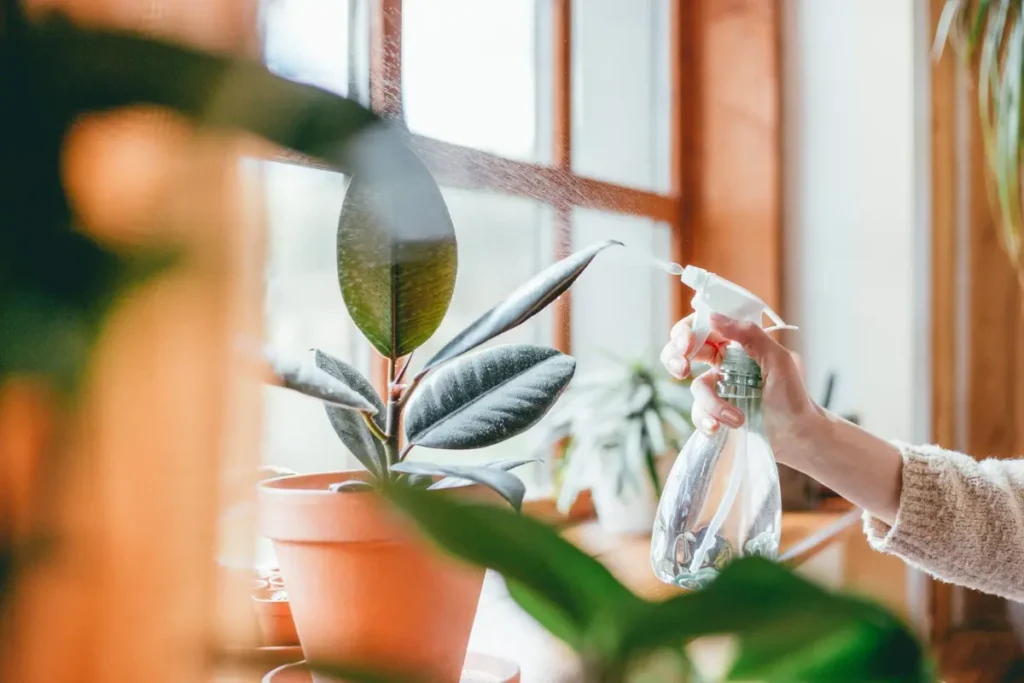
Perfect moisture isn’t just about pouring water—it’s about balance. Here are three game-changing secrets to keep your tropical plants thriving indoors:
Secret #1: Choose the Right Water
Not all water is equal. Tap water often contains chlorine or minerals that can build up in soil and harm sensitive tropicals. Instead, use:
-
Rainwater: Naturally soft and chemical-free.
-
Distilled water: A clean alternative if rain’s not an option.
-
Filtered tap water: Let it sit overnight to let chlorine evaporate.
I switched to rainwater for my Calathea, and the leaves stopped browning within weeks. It’s a small tweak with big results.
Secret #2: Water Evenly, Not Excessively
Drenching your plant isn’t the goal—consistent moisture is. Here’s how:
-
Pour water slowly over the soil until it trickles out the drainage holes.
-
Empty the saucer after 30 minutes to avoid root rot.
-
Use a watering can with a narrow spout for precision.
Think of it like a gentle rainforest shower, not a flood. This is the best way to keep tropical plants moist without overdoing it.
Secret #3: Boost Humidity
Tropical plants love humid air—aim for 50-70% humidity. Dry indoor air (especially in winter) can stress them out. Try these tricks:
-
Pebble tray: Fill a tray with pebbles and water, then set the pot on top (water shouldn’t touch the pot base).
-
Humidifier: A small one near your plants works wonders.
-
Grouping: Cluster plants together to create a mini humid zone.
I mist my Philodendron weekly and keep a humidifier running nearby—it’s now the happiest plant in my collection. These secrets to perfect moisture for tropical plants are your ticket to lush growth.
Common Watering Mistakes to Avoid
Even seasoned plant parents slip up sometimes. Here are the top mistakes when watering tropical plants and how to dodge them:
Overwatering
-
Signs: Yellowing leaves, mushy stems, soggy soil that smells funky.
-
Fix: Let soil dry out completely before watering again. Check drainage—every pot needs holes!
-
Fun Fact: Overwatering causes 80% of houseplant deaths, according to plant care experts.
I learned this the hard way when my first Peace Lily drowned. Less is often more.
Underwatering
-
Signs: Droopy leaves, dry crispy edges, cracked soil.
-
Fix: Water thoroughly until it drains, then adjust your routine. Don’t let soil turn to dust.
-
Tip: Set a reminder to check weekly if you’re forgetful.
Using Pots Without Drainage
No drainage = trapped water = root rot. Always choose pots with holes, or add a layer of pebbles at the bottom if you’re stuck with a decorative pot. Avoiding these pitfalls is key to a solid tropical plant watering guide. Now, let’s tweak your approach for the seasons.
Seasonal Watering Tips for Tropical Plants
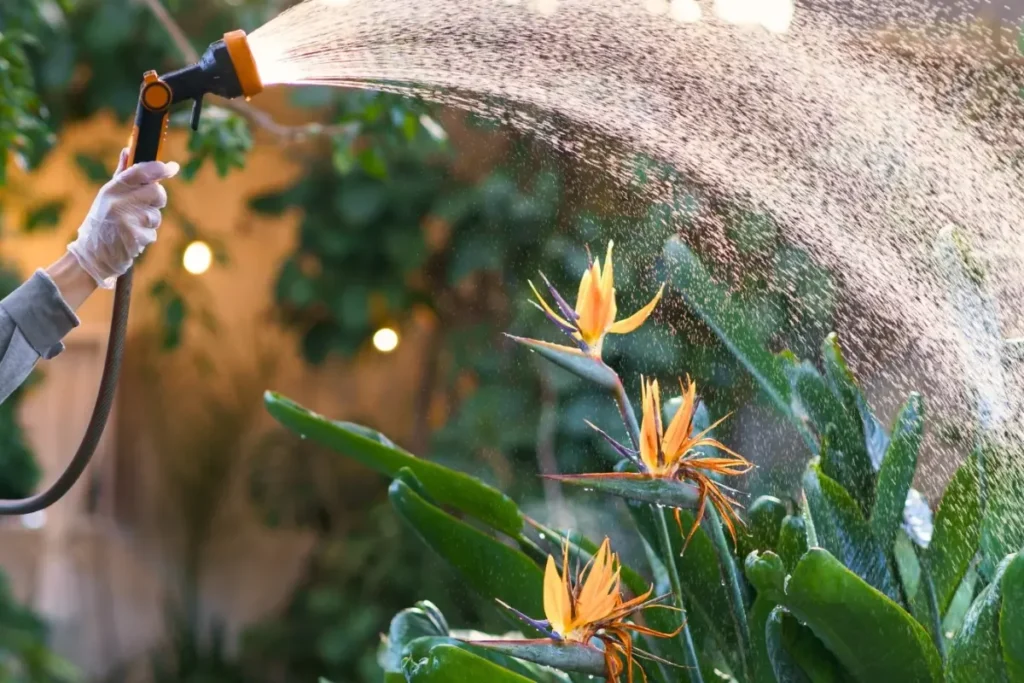
Your tropical plants don’t care what month it is—they react to light and temperature shifts. Here’s how to adjust your watering tips for tropical houseplants year-round:
Summer: Growth Season
-
What to do: Water more often—soil dries faster with longer days and warmer temps.
-
Example: My Ficus gets a drink every 5-7 days in June, up from every 10 in spring.
-
Bonus: Mist leaves to mimic humid summer rains.
Winter: Dormancy Time
-
What to do: Cut back watering—plants grow slower and need less. Check soil every 2-3 weeks.
-
Example: How often to water tropical plants in winter? My Alocasia only needs it once a month in December.
-
Humidity hack: Indoor heating dries air, so keep that humidifier handy.
Seasonal shifts can make or break your plants. Test and tweak based on your home’s vibes—your tropicals will thank you.
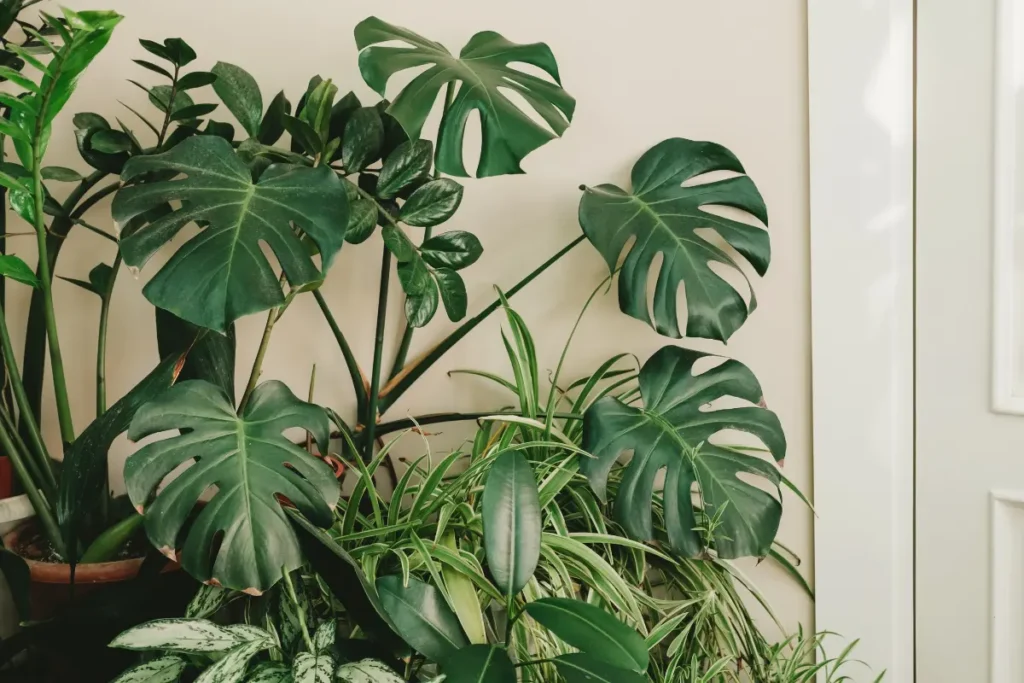
Conclusion
Watering tropical plants doesn’t have to be a mystery. With the right water, a gentle touch, and a humidity boost, you can master the secrets to perfect moisture for tropical plants. Avoid common traps like overwatering, and adjust for seasons to keep your indoor jungle thriving. Your reward? Lush, vibrant greenery that turns heads.
Got a tropical plant you’re struggling to water? Drop a comment below—I’d love to help! Or check out our Ultimate Guide to Tropical Plant Care (#) for more pro tips. Happy watering!
FAQ: Your Tropical Plant Watering Questions Answered
How Do I Know If My Tropical Plant Needs Water?
Stick your finger 1-2 inches into the soil. Dry? Time to water. Moist? Wait a few days. A moisture meter works too if you want precision.
Can I Use Tap Water for Tropical Plants?
Yes, but let it sit overnight to dechlorinate—or switch to rainwater/distilled for best results. Sensitive plants like Calatheas prefer it.
What’s the Best Time of Day to Water Tropical Plants?
Morning is ideal—plants absorb water better before the day heats up. Avoid evenings to prevent fungal growth.

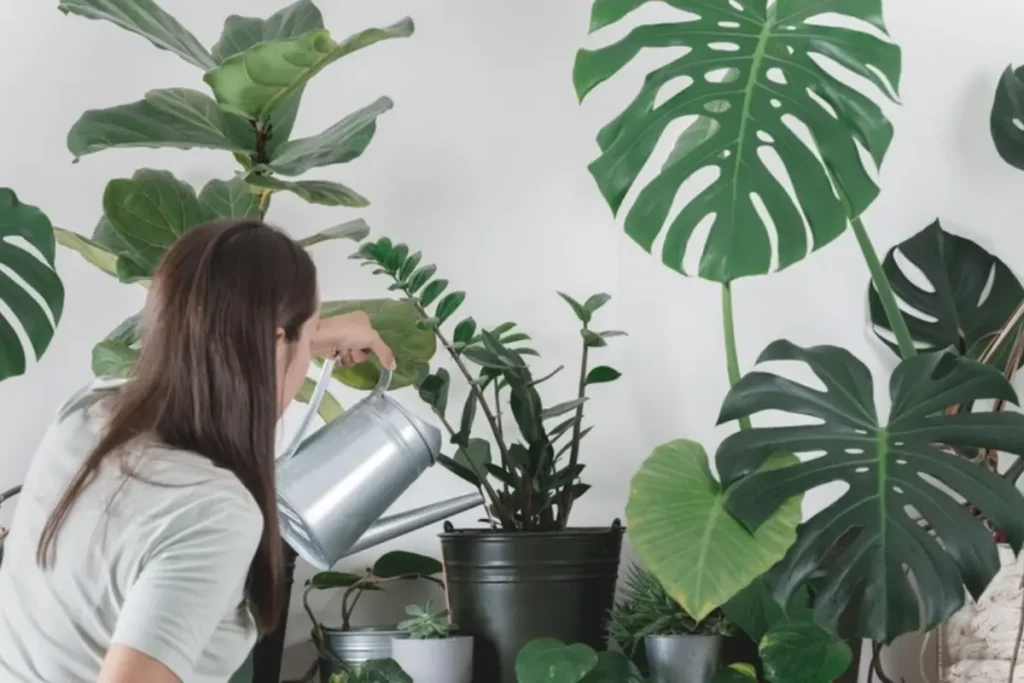
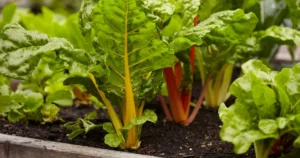
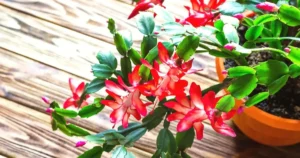
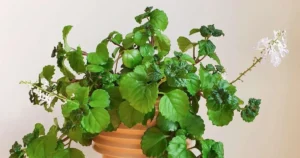
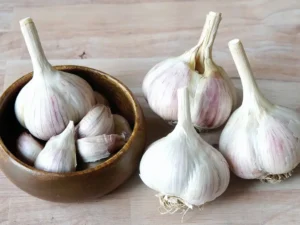
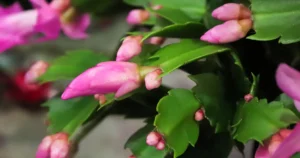
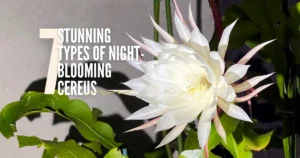
The best thing about indoor tropical plants is how they make even small spaces feel refreshing. A few well-placed pots can make an apartment feel open and full of life.
I completely agree! Indoor tropical plants really do transform a space. They bring in a touch of nature that adds both vibrancy and a calming atmosphere. Even in smaller spaces, they create a cozy yet airy feeling.